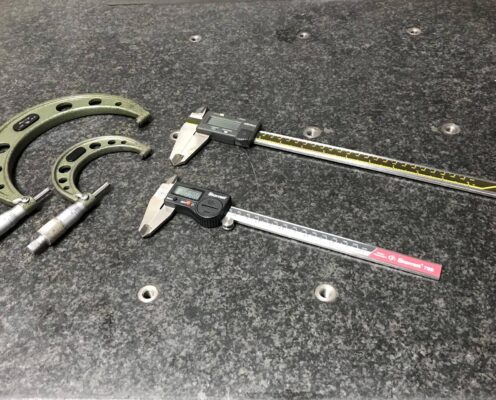Scanning and Measurement: The part is scanned using 3D scanning or precision measurement tools to capture its exact dimensions and geometries.
CAD Model Creation: The measurements are used to create a digital CAD model, replicating the part’s original design.
Analysis and Modification: The CAD model can be analyzed to assess performance or modified to improve functionality, durability, or manufacturability.
Prototyping or Production: The digital model can be used to create prototypes or proceed to full-scale production if necessary.
By recreating a precise digital replica, reverse engineering services make it possible to analyze, improve, or manufacture parts accurately.

